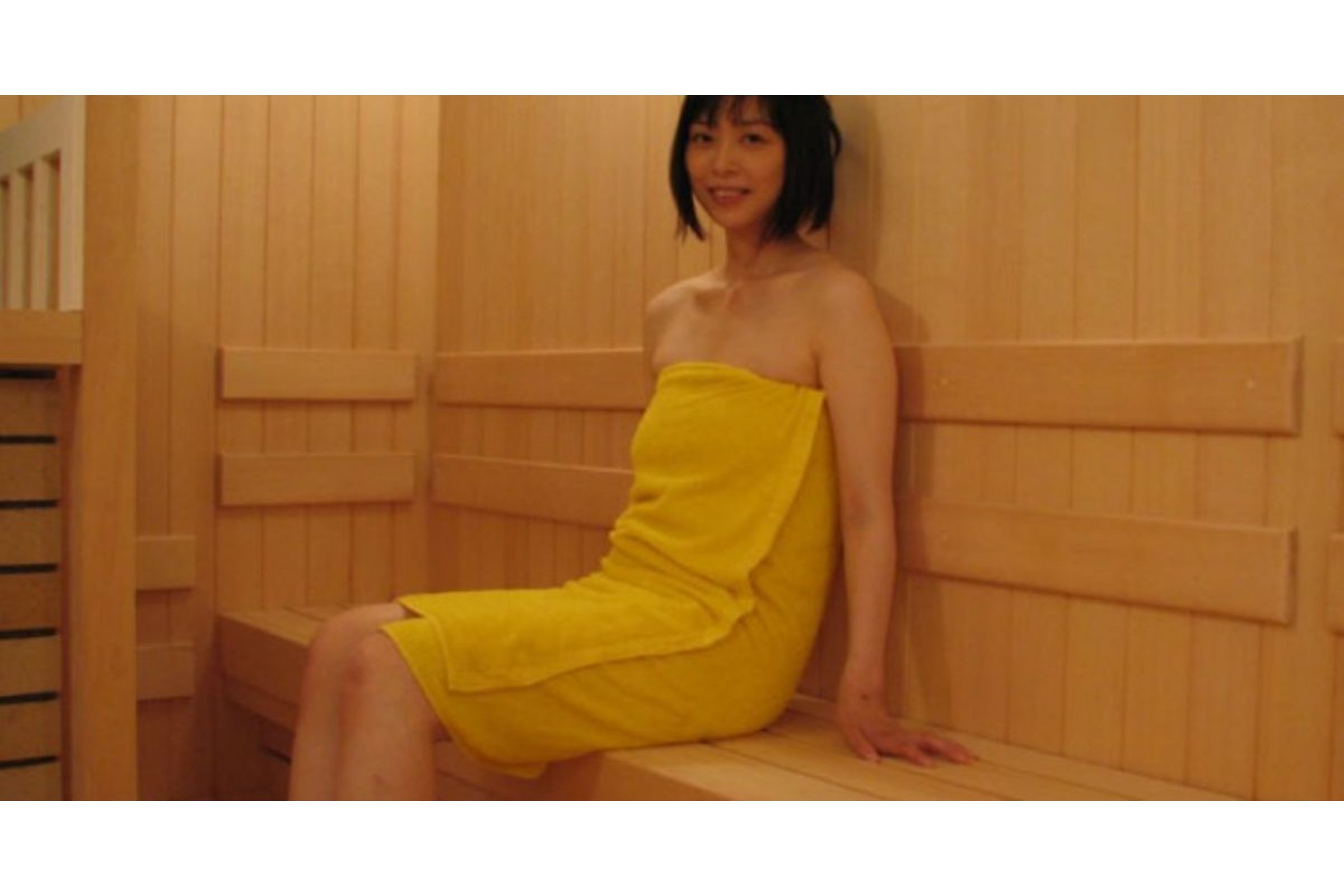Japanese bathing culture is a phenomenon remarkably different from most traditions in the modern Western world. To many, the concept of stripping off one's clothes and bathing communally is foreign. However, in Japan, this accepted and loved convention permeates society, transcending generational, social, economic, and geographic barriers. The sheer number of hot springs and baths in Japan attests to their cultural significance and importance. Due to the great degree of variance in the types of baths and the rituals surrounding them, an understanding of their distinctions is critical to interpreting their individual social functions and implications. people grews curious about the differences between the different types of baths and why such a practice had not been adopted in other part of the world . Although the ritual of bathing in the nude in the company of others might seem foreign to some, I thought the welcoming, communal environment and steaming hot waters of the hot spring could be appreciated and enjoyed more universally.
 There are three main types of Japanese baths: onsen, furo, and sento (within which exist such subcategories as the sand bath, timed bath, devotion baths, etc.). Onsen in Japanese means hot spring. However, it is important to keep in mind that foreigners often conflate the names of all three main types to mean hot spring. Precipitated largely in part by widespread commercialization, which necessitated a legal definition for hot springs, the term onsen was created. According to the Law of Hot Springs that dates back to 1948, "onsen is any spring of water gushing out from the underground as warm water, mineral water, vapour or gas with an average temperature of 25º or more. It must also possess at least one of a set of specified minerals...at a given percentage.
There are three main types of Japanese baths: onsen, furo, and sento (within which exist such subcategories as the sand bath, timed bath, devotion baths, etc.). Onsen in Japanese means hot spring. However, it is important to keep in mind that foreigners often conflate the names of all three main types to mean hot spring. Precipitated largely in part by widespread commercialization, which necessitated a legal definition for hot springs, the term onsen was created. According to the Law of Hot Springs that dates back to 1948, "onsen is any spring of water gushing out from the underground as warm water, mineral water, vapour or gas with an average temperature of 25º or more. It must also possess at least one of a set of specified minerals...at a given percentage.The wooden tub was left unvarnished and became smooth to the touch over time.2 However, the modern manifestation of such a tub is quite different. Today, a typical furo consists of a plastic tub covered by a plastic top to keep the water warm. Often, there are digital screens to program when the water will pour and how hot it will be. These baths can be found in almost every modern Japanese house.
Finally, the sento or public bath exists today as a relic from a time when neighborhoods would bathe together because individual houses were not built with furo inside them. The traditional versions of these establishments are disappearing from towns now that new homes come equipped with baths.3 However, a highly modernized version of sento, known as super-sento, has become popular among native Japanese and foreigners alike.
These super-sento usually boast between fifteen to twenty different types of baths, ranging from jacuzzi tubs to dry saunas. They are housed in monolithic concrete buildings, which are needed to accommodate the large demographic required to support such an expensive business.
The waters of sento differ from those of onsen in that they are not naturally heated and, instead of originating from a spring, are sourced from municipal taps. This more industrialized iteration of a bath has become popular within both the local Japanese and foreign tourist circles.
xx

